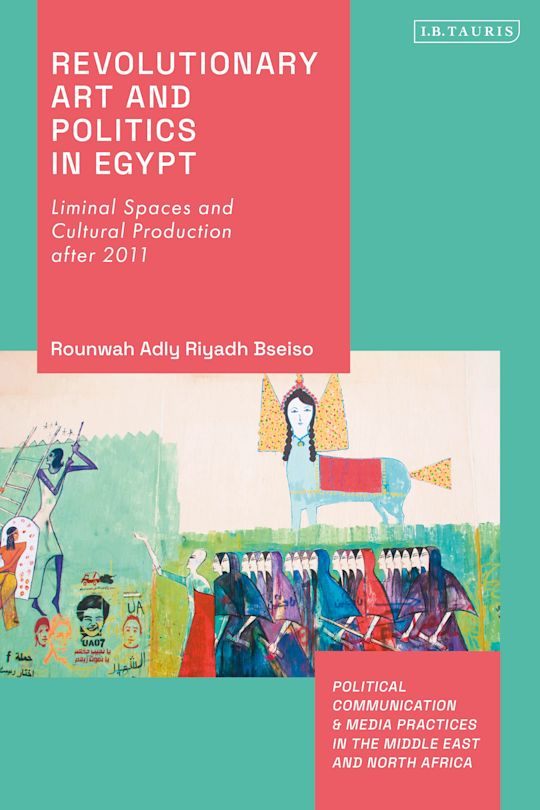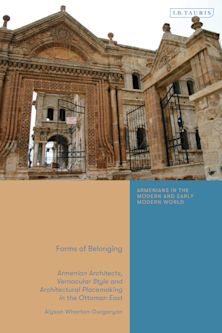- Home
- ACADEMIC
- Middle East
- Architecture, Film and Visual Culture
- Revolutionary Art and Politics in Egypt
Revolutionary Art and Politics in Egypt
Liminal Spaces and Cultural Production After 2011
Revolutionary Art and Politics in Egypt
Liminal Spaces and Cultural Production After 2011
You must sign in to add this item to your wishlist. Please sign in or create an account
Description
This book examines the role of artists in Egypt during the 2011 revolution, when street art from graffiti to political murals became ubiquitous facets of revolutionary spaces. Through interviews, personal testimonies, and accounts of the lived experience of 25 street artists, the book explores the meaning of art in revolutionary political contexts, specifically by focusing on artistic production during 'liminal' moments as the events of the Egyptian revolution unfolded. The author privileges the perspective of the actors themselves to examine the ways that artists reacted to events and conceived of their art as means to further the goals of the revolution. Based on fieldwork conducted in the years since 2011, the book provides a narrative of Egyptian artists' participation in and representations of the revolution, from hopeful beginnings to the subsequent crackdown and election of al-Sisi.
Table of Contents
1. The First Phase: The first 18 days of the Egyptian Revolution
2. The Second Phase of the Revolution: SCAF Rule
3. The Third Phase of the Revolution: Morsi's Presidency
4. Can Revolutionary Art exist in the Aftermath of the Revolution? The Fieldwork Moment
Conclusion
Biography
References
Product details
| Published | 26 Jan 2023 |
|---|---|
| Format | Ebook (PDF) |
| Edition | 1st |
| Extent | 248 |
| ISBN | 9780755644766 |
| Imprint | I.B. Tauris |
| Illustrations | 70 bw illus |
| Series | Political Communication and Media Practices in the Middle East and North Africa |
| Publisher | Bloomsbury Publishing |
About the contributors
Reviews
-
This book is for me, and people like me: academics and their ilk of 'the Latin West' who over-romanticise and over-celebrate the Egyptian revolution, and the 'Arab Spring' more generally, because we are uneducated in history, context, and veracity. We are ignorant of any real sense of the particularities of the political-cultural event that is the 25 January revolution in 2011 (as well as its genealogies and its aftermath), of the local, of the street, of protest and dissent and commemoration, of community and solidarity, of a time when all art was revolutionary art, of cautious hope and inevitable disenchantment. Rounwah Adly Riyadh Bseiso's Revolutionary Art and Politics in Egypt is a necessary corrective.
Marquard Smith, UCL, University of London, UK, Editor-in-Chief, Journal of Visual Culture

ONLINE RESOURCES
Bloomsbury Collections
This book is available on Bloomsbury Collections where your library has access.



































